Creating a bioactive reptile enclosure represents the pinnacle of naturalistic reptile keeping, offering a self-sustaining ecosystem that closely mimics your pet’s natural habitat. Unlike traditional setups that require frequent deep cleaning and substrate changes, bioactive enclosures harness the power of living organisms to break down waste and maintain balance. This comprehensive guide will walk you through the process of establishing your own thriving bioactive terrarium, from understanding the fundamental concepts to selecting the perfect cleanup crew for your specific reptile species. Whether you’re a beginner reptile enthusiast or an experienced keeper looking to upgrade your husbandry practices, embracing the bioactive approach can dramatically improve your pet’s quality of life while reducing long-term maintenance.
Understanding the Bioactive Concept
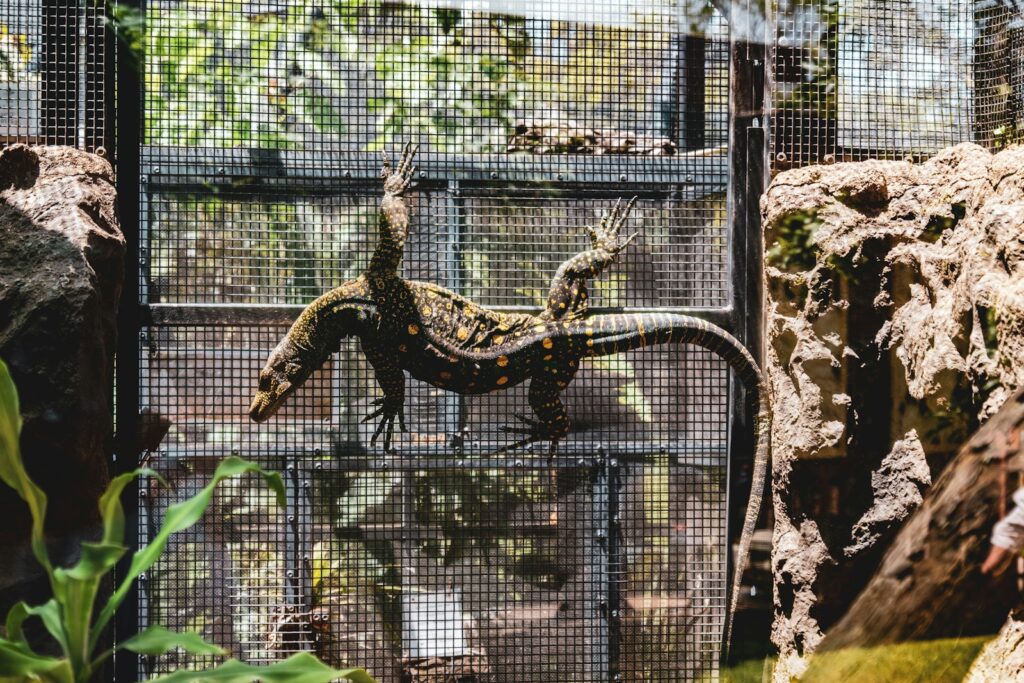
A bioactive reptile enclosure is essentially a self-sustaining miniature ecosystem where plants, beneficial microorganisms, and small invertebrates work together to process waste and maintain environmental balance. This approach represents a significant departure from traditional reptile keeping, which typically involves sterile environments requiring frequent human intervention for cleaning and maintenance. In bioactive setups, organic matter like feces, shed skin, and uneaten food becomes processed by the “cleanup crew” – various invertebrates that break down waste into simpler compounds that enrich the substrate. The underlying soil microfauna – bacteria, fungi, and other microorganisms – then complete the decomposition process, converting waste materials into nutrients that feed the live plants within the enclosure. This continuous cycle creates a relatively self-sustaining system that more closely replicates your reptile’s natural habitat while reducing the keeper’s maintenance burden.
Benefits of Bioactive Enclosures
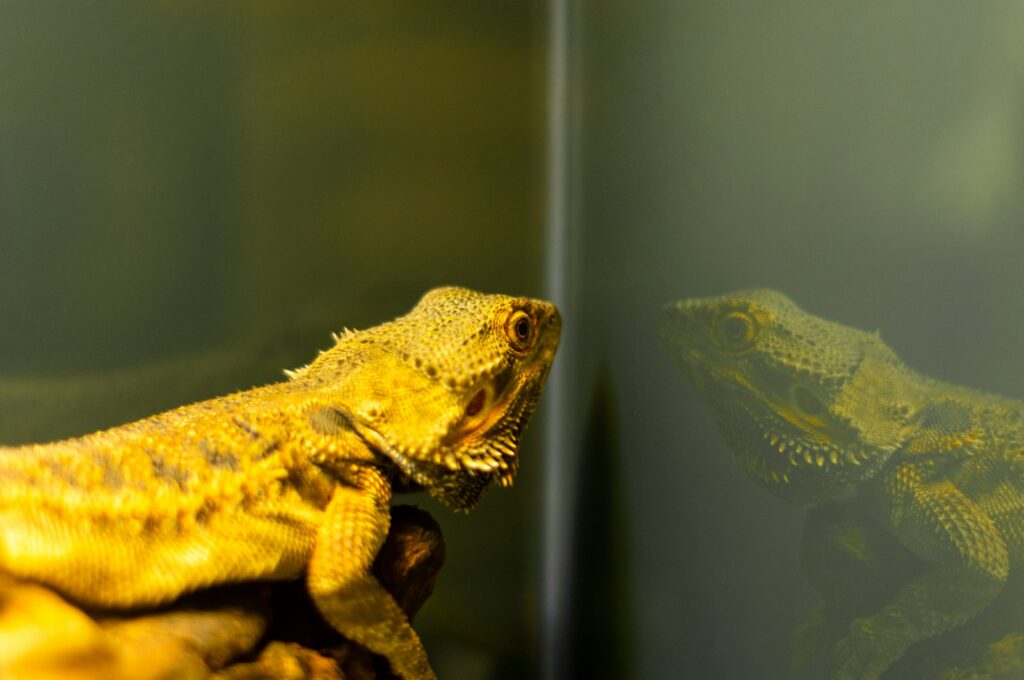
Bioactive setups offer numerous advantages over conventional reptile habitats, with perhaps the most significant being the dramatic reduction in routine maintenance requirements. While traditional enclosures demand regular deep cleaning and complete substrate replacement, bioactive tanks typically need only spot cleaning and occasional partial substrate refreshment. This naturalistic approach also provides superior environmental enrichment for reptiles, allowing them to engage in natural behaviors like digging, foraging, and exploring varied textures and surfaces. The presence of live plants not only creates a visually stunning display but also improves air quality by increasing humidity, absorbing carbon dioxide, and producing oxygen. Many keepers report that reptiles housed in bioactive enclosures exhibit more natural behaviors, increased activity levels, and overall improved well-being compared to those kept in conventional setups. Additionally, bioactive systems often prove more economical in the long run despite higher initial setup costs, as they eliminate the need for frequent substrate replacements.
Selecting the Right Enclosure

Choosing the appropriate enclosure forms the foundation of a successful bioactive setup, with glass terrariums and PVC enclosures generally offering the best options for maintaining proper humidity and supporting plant life. For most applications, front-opening terrariums provide ideal accessibility for maintenance while minimizing stress to the reptile inhabitant during enclosure access. Size requirements depend entirely on your specific reptile species, but as a general rule, bioactive enclosures should offer more space than minimum housing requirements to accommodate plants, varied substrates, and natural behaviors. Consider your reptile’s adult size and activity level when selecting dimensions – arboreal species benefit from tall enclosures with climbing opportunities, while terrestrial species need floor space for exploration. Ventilation plays a crucial role in maintaining proper humidity levels and preventing stagnant air, with screen tops or ventilation strips providing necessary airflow while still supporting appropriate environmental conditions. Waterproof materials are essential for the enclosure base, as bioactive setups typically maintain higher humidity levels than conventional habitats.
Essential Equipment and Supplies

Beyond the enclosure itself, several specialized components are necessary to create a thriving bioactive habitat suited to your reptile’s specific needs. A drainage layer composed of lightweight expanded clay pebbles (LECA), lava rock, or specialized drainage substrate forms the foundation, preventing soil saturation and root rot while providing space for beneficial microorganisms. Above this, a mesh screen or landscape fabric serves as a barrier to keep substrate separate from the drainage material while allowing water to pass through. Heat sources appropriate to your specific reptile species remain essential in bioactive setups, with under-tank heaters, ceramic heat emitters, or heat panels typically offering the most plant-friendly options. UVB lighting continues to be critical for many reptile species, while separate plant-specific grow lights support photosynthesis and healthy plant development. A reliable hygrometer and thermometer (or combined device) becomes even more important in bioactive setups to monitor conditions that support both animal and plant life. Additional items like automated misting systems, foggers, or drippers may be necessary depending on your reptile species’ humidity requirements and the plants selected for the enclosure.
Creating the Drainage Layer
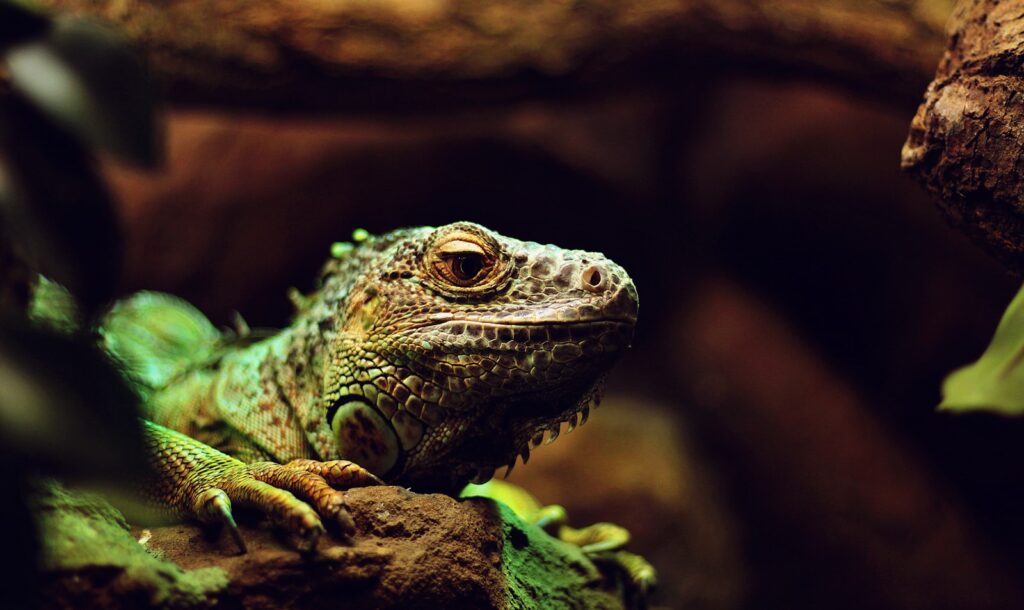
The drainage layer serves as the foundation of your bioactive ecosystem, preventing waterlogging and creating a reservoir that helps maintain appropriate humidity levels throughout the enclosure. Begin by adding a 2-3 inch layer of drainage material – typically lightweight expanded clay aggregate (LECA), lava rock, or specialized drainage substrate – covering the entire bottom of the enclosure. This porous layer creates spaces where excess water can collect rather than saturating the substrate, which would cause root rot and potentially harmful bacterial growth. For species requiring particularly high humidity, consider installing a drainage bulkhead with attached tubing that allows you to easily siphon accumulated water from the drainage layer when necessary. Once the drainage material is in place, cover it completely with landscape fabric or drainage mesh, ensuring there are no gaps where substrate could fall through. This barrier layer should extend slightly up the sides of the enclosure to prevent substrate migration while still allowing water to percolate downward into the drainage layer. The drainage layer’s depth may need adjustment based on your specific reptile species and the plants you’ve selected – tropical setups generally require more substantial drainage than arid habitats.
Choosing the Right Substrate Mix
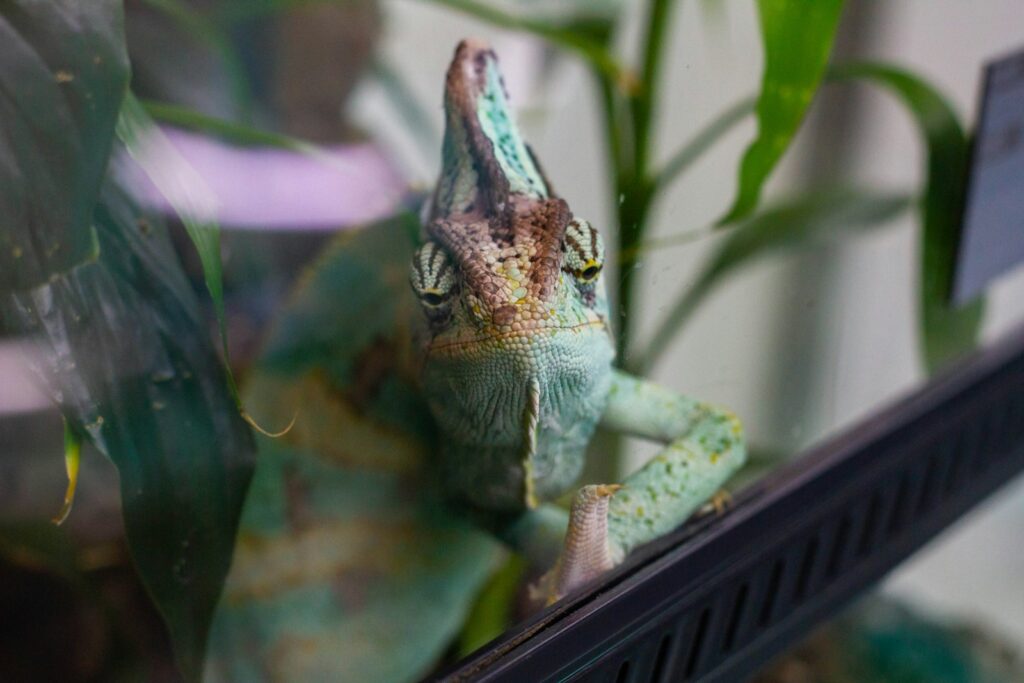
Creating an appropriate substrate mix forms perhaps the most crucial element of your bioactive setup, as it provides the foundation for both plant growth and microfauna activity. Most successful bioactive substrates combine several components, typically starting with a base of organic topsoil without added fertilizers or pesticides. To this foundation, add materials like coconut coir, orchid bark, sphagnum moss, sand, and leaf litter in proportions appropriate for your specific reptile species’ natural habitat. Tropical species thrive with higher proportions of moisture-retaining materials like coconut coir and sphagnum moss, while desert-dwelling reptiles require more drainage-promoting components like sand and less organic matter overall. The substrate layer should be substantially deeper than conventional setups, typically 4-6 inches for most applications, providing adequate space for plant roots and allowing invertebrates to establish effective waste processing systems. For many bioactive enclosures, adding crushed leaf litter, decaying wood, and other organic materials to the substrate surface creates essential microhabitats for beneficial decomposers while mimicking natural forest floor conditions. Consider your reptile’s natural behaviors when finalizing your substrate mix – burrowing species benefit from loose, easily excavated substrates, while climbing species may require a more compacted base layer to support secure anchoring of branches and plants.
Selecting Appropriate Plants
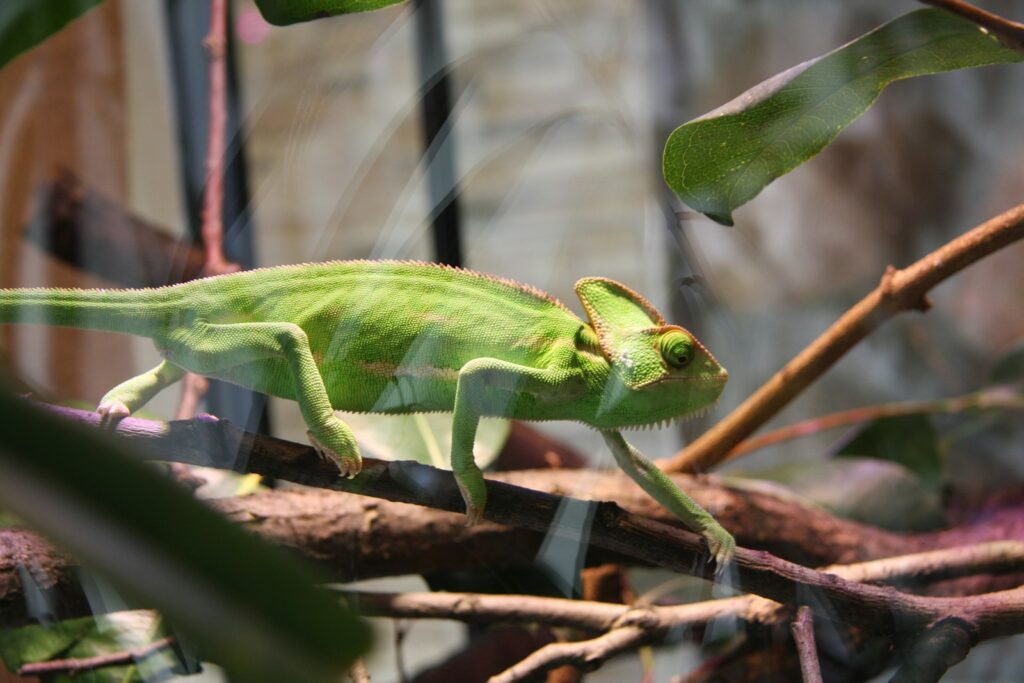
Choosing suitable plants for your bioactive enclosure requires balancing aesthetic considerations with practical factors like growth habits, environmental requirements, and safety for your reptile species. Always prioritize non-toxic plant species that can withstand both your reptile’s activity and the specific temperature and humidity conditions necessary for their care. Sturdy, low-maintenance options like pothos, snake plants, bromeliads, and various ferns work well in many tropical and subtropical setups, while succulents and air plants may better suit arid enclosures. Consider your reptile’s size and behaviors when selecting plants – larger or more active species require particularly robust vegetation that can withstand climbing, basking, or occasional trampling. Plant root systems also deserve consideration, as fast-growing, aggressive roots might quickly dominate smaller enclosures. Many keepers find success by establishing plants directly in the substrate rather than keeping them in pots, allowing for more natural growth patterns and enabling beneficial relationships between plant roots and soil microorganisms. Before adding plants to your enclosure, thoroughly rinse them and remove all potting medium to eliminate any potential pesticides or fertilizers that could harm your reptile or cleanup crew.
Introducing the Cleanup Crew
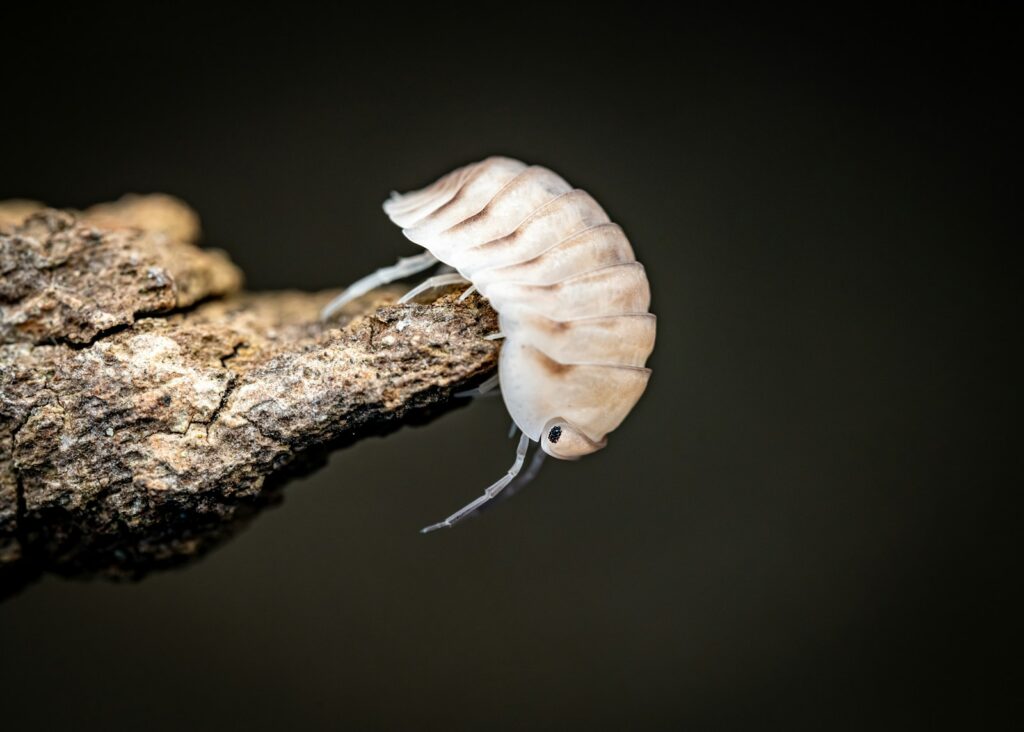
The cleanup crew forms the cornerstone of a truly bioactive system, comprising various invertebrates that consume and break down organic waste materials. Isopods (commonly known as woodlice or roly-polies) serve as primary decomposers in most bioactive setups, with species like Porcellio scaber, Armadillidium vulgare, and Porcellionides pruinosus offering excellent waste processing capabilities. Springtails (Collembola) complement isopods perfectly by consuming mold and fungi, helping prevent problematic outbreaks while further breaking down organic matter. For tropical setups, tropical earthworms can accelerate decomposition and improve substrate aeration, though they may not survive in arid environments. The specific combination and quantity of cleanup crew species should align with your enclosure size and reptile species – larger enclosures or those housing reptiles that produce more waste will benefit from more numerous and diverse cleanup crews. Before introducing these invertebrates, ensure your substrate is properly moistened and that leaf litter or other hiding places are available to provide security during establishment. Most successful bioactive systems begin with substantial invertebrate populations – typically at least 50 isopods and 100 springtails for average-sized enclosures – as these numbers will fluctuate naturally as the ecosystem stabilizes.
Establishing Microfauna Populations
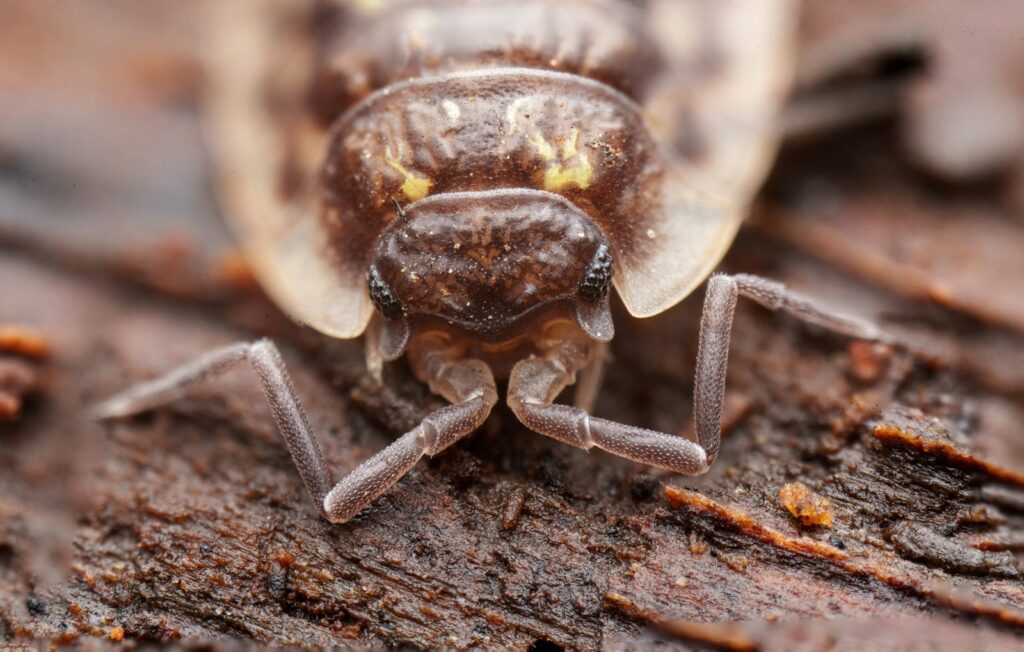
The successful establishment of thriving microfauna populations represents perhaps the most critical – and often challenging – aspect of creating a truly bioactive enclosure. After introducing your cleanup crew, allow at least 2-4 weeks of establishment time before adding your reptile to the habitat, giving invertebrates an opportunity to reproduce and colonize the environment. During this establishment phase, maintain appropriate moisture levels and provide supplemental food sources like fish flakes, reptile feces, or specialized isopod cuisine to support population growth. Many experienced keepers create “seed cultures” of springtails and isopods in separate containers before setting up their main bioactive enclosure, allowing them to introduce established, reproducing populations rather than purchased specimens that may experience die-off during adjustment. For enclosures housing reptiles with voracious appetites for invertebrates, you may need to periodically reintroduce cleanup crew members or provide dedicated refuge areas where they can reproduce safely. Variations in invertebrate activity often indicate environmental conditions – springtails becoming overly numerous might suggest excessive moisture, while disappearing isopods could indicate insufficient humidity or food sources. A well-established microfauna population ultimately becomes self-regulating, with population sizes naturally adjusting to match available resources within the enclosure.
Adding Hardscape Elements
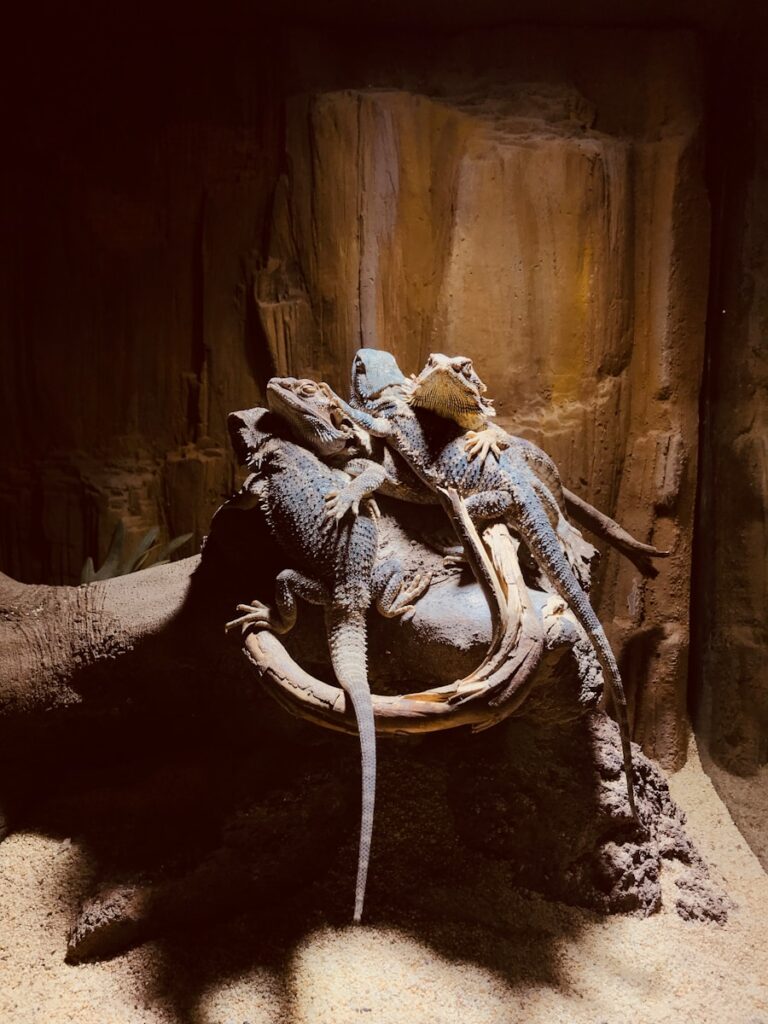
Hardscape elements not only enhance the visual appeal of your bioactive enclosure but also provide essential functional elements for both your reptile and the ecosystem as a whole. Natural wood pieces like cork bark, mopani, grape wood, or ghost wood create climbing structures, hiding places, and basking spots while simultaneously serving as refuges and food sources for the cleanup crew invertebrates as they gradually decompose. Rocks and stone features add dimensional interest and create thermal gradients where heat-loving reptiles can thermoregulate effectively. When arranging hardscape elements, consider both aesthetics and functionality – create varied elevations, secluded hiding areas, and open basking spaces that accommodate your reptile’s natural behaviors. Secure all larger elements directly on the enclosure floor before adding substrate to prevent collapse that could potentially injure your pet, using aquarium-safe silicone to attach particularly tall or unstable pieces. Many successful bioactive setups incorporate natural materials like leaf litter, seed pods, and small pieces of decaying wood, which not only enhance the natural appearance but also provide additional microhabitats and food sources for the cleanup crew’s invertebrates. Remember that hardscape elements in bioactive enclosures often become living components of the ecosystem as they develop beneficial biofilms and fungal networks that contribute to the overall biodiversity of the habitat.
Setting Up Proper Lighting and Heating
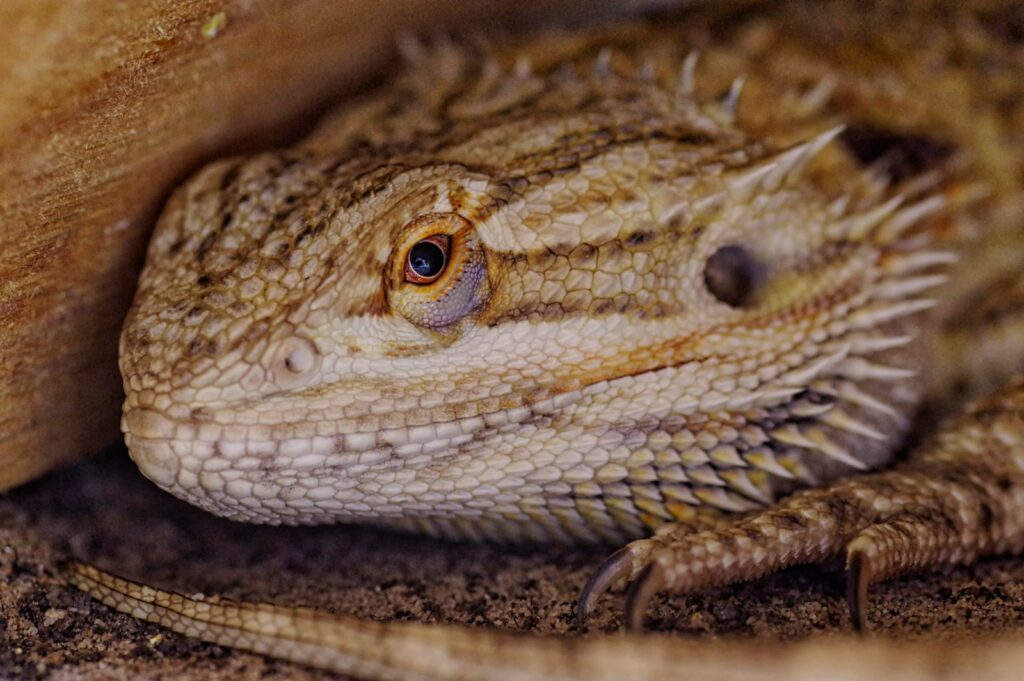
Establishing appropriate lighting and heating systems presents unique challenges in bioactive enclosures, as you must balance the requirements of your reptile with the needs of live plants and invertebrates. For reptile species requiring UVB exposure, high-quality linear fluorescent or mercury vapor UVB bulbs remain essential, positioned according to manufacturer specifications to provide appropriate UVB gradient throughout the enclosure. Plant growth requires separate consideration, with full-spectrum LED grow lights typically providing ideal light for photosynthesis without generating excessive heat that could disturb the enclosure’s temperature gradient. Heat sources should be carefully selected and positioned to create proper thermal gradients while minimizing impact on substrate moisture levels – radiant heat panels, ceramic heat emitters, and deep heat projectors generally outperform heat mats for bioactive applications. Temperature monitoring becomes especially critical in bioactive setups, with digital thermometers or temperature guns used to verify appropriate basking temperatures and ambient gradients for both reptile health and plant survival. Many keepers find automated controllers invaluable for maintaining consistent conditions, using thermostats for heat sources and timers for lighting to create natural day/night cycles. Remember that bioactive enclosures typically establish microclimates with varying temperature and humidity levels throughout the habitat – a feature that benefits inhabitants but requires thorough monitoring during initial setup.
Managing Humidity and Watering
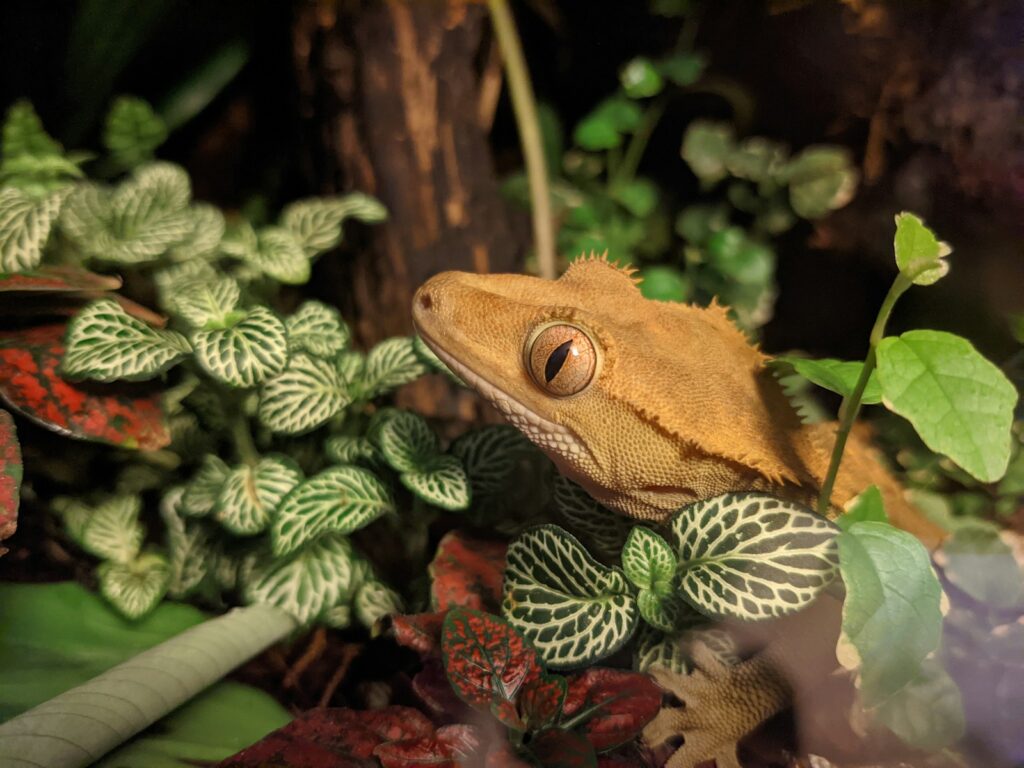
Maintaining appropriate moisture levels represents one of the most nuanced aspects of bioactive husbandry, requiring a balance between your reptile’s needs, plant requirements, and the cleanup crew’s survival. For tropical and subtropical bioactive setups, regular misting (either manual or automated) helps maintain humidity levels while providing water droplets for reptiles and invertebrates that prefer drinking from surfaces rather than standing water. Watering plants requires careful consideration – direct watering at soil level generally proves more effective than overhead spraying, preventing excessive moisture on foliage that could lead to fungal issues. Many successful bioactive keepers implement a cycling approach to moisture, allowing the enclosure to experience natural fluctuations between somewhat drier and more humid periods, mirroring natural environmental patterns. Different areas within the enclosure should maintain varied moisture levels – creating a moisture gradient from drier elevated areas to more humid lower regions allows inhabitants to select their preferred microclimate. For arid or desert bioactive setups, moisture management becomes even more critical, with limited watering directed specifically to plant root zones while maintaining overall drier conditions appropriate for desert-dwelling reptiles. Digital hygrometers positioned in different areas of the enclosure provide essential data for monitoring these moisture gradients and ensuring appropriate conditions throughout the habitat.
Introducing Your Reptile
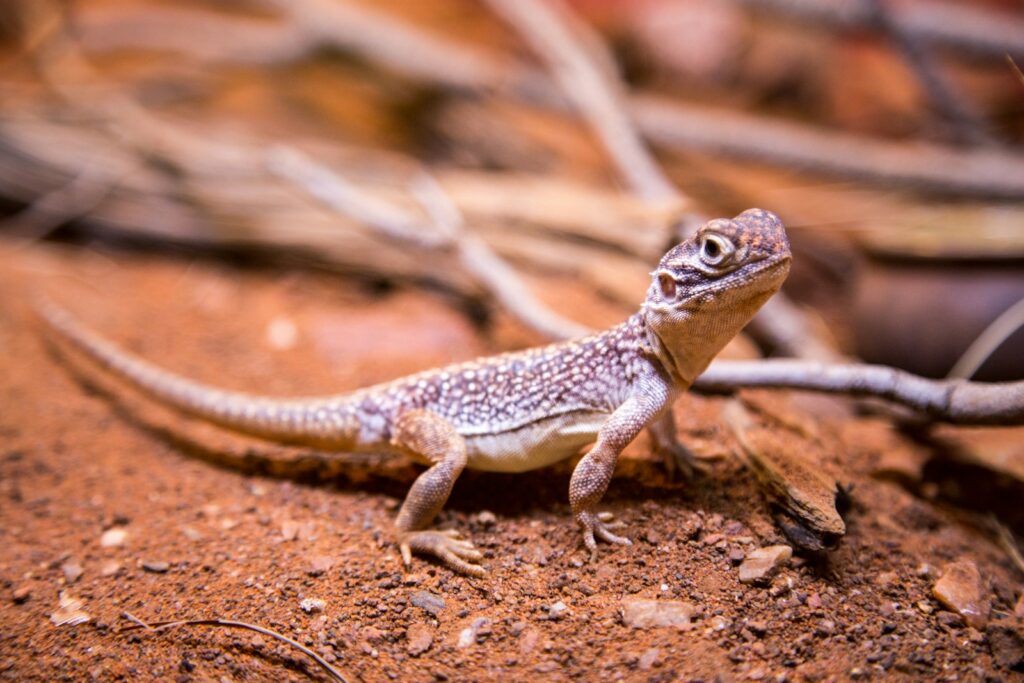
Properly introducing your reptile to its new bioactive habitat requires patience and careful monitoring to ensure both animal welfare and ecosystem stability. Wait until your cleanup crew population has established itself and plants have had time to root properly – typically 3-4 weeks after initial setup – before introducing your reptile to the enclosure. During the first few days after introduction, closely observe your pet’s behavior for signs of stress or inappropriate interaction with plants or substrate, being particularly vigilant for any plant consumption that might indicate potential toxicity issues. Many reptiles initially display increased exploration behavior in bioactive setups as they investigate the varied textures, hiding spots, and climbing opportunities unavailable in conventional enclosures. Monitor feeding carefully during the transition period, as some reptiles may temporarily reduce food intake while adjusting to their new environment, while others might consume cleanup crew invertebrates, potentially requiring population supplementation. Watch for normal elimination and ensure waste is being properly processed by the cleanup crew – any waste remaining visible for more than 2-3 days might indicate insufficient invertebrate populations or poorly established beneficial microorganisms. Most importantly, continue regular health monitoring of your reptile, checking for appropriate weight maintenance, normal shedding patterns, and general activity levels that indicate successful adaptation to the bioactive environment.
Maintenance and Troubleshooting
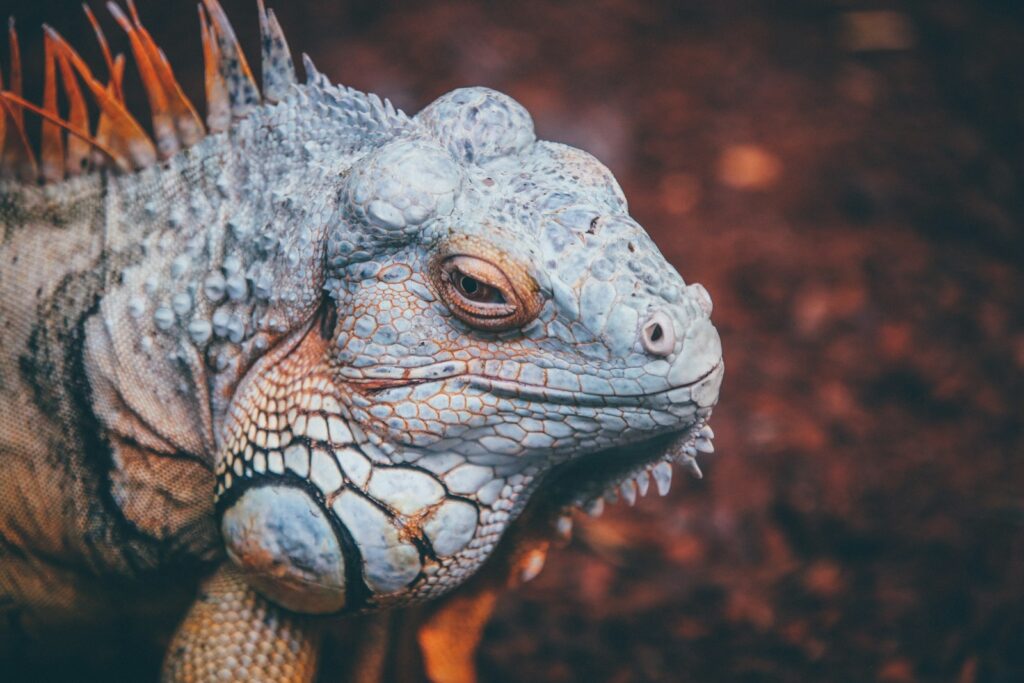
While bioactive enclosures dramatically reduce maintenance requirements compared to conventional setups, they still demand regular attention and occasional intervention to maintain optimal function. Routine maintenance typically includes selective pruning of overgrown plants, spot-cleaning of any large waste items that overwhelm the cleanup crew’s capacity, and occasional supplemental feeding of invertebrate populations. Many keepers find that periodically “recharging” the system with additional leaf litter, small amounts of chemical-free compost, or specialized bioactive substrate supplements helps maintain nutrient balance and microorganism diversity. Common issues requiring troubleshooting include mold outbreaks, plant die-off, and cleanup crew population fluctuations. Temporary mold growth often occurs during initial establishment, but should subside as springtail









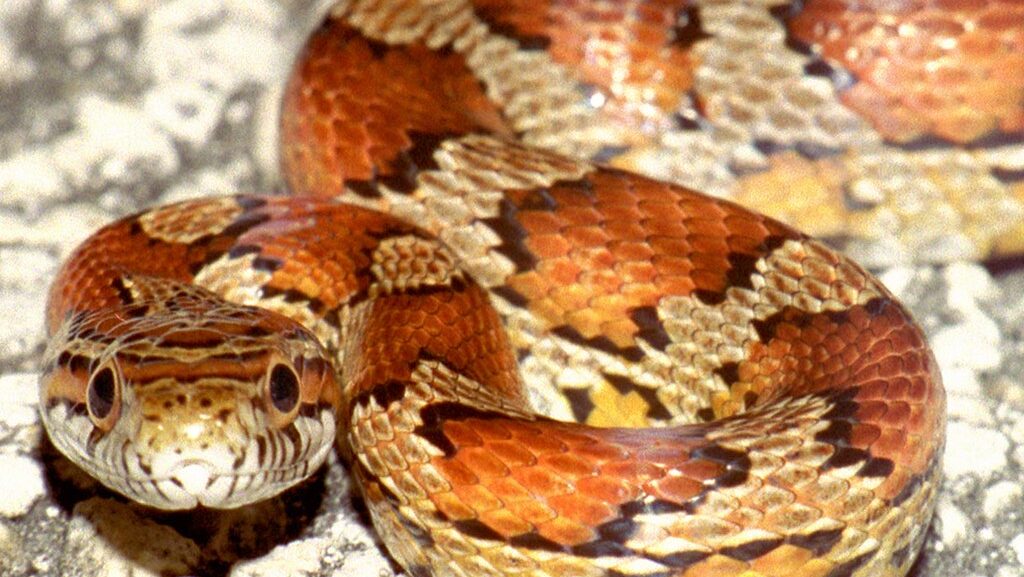
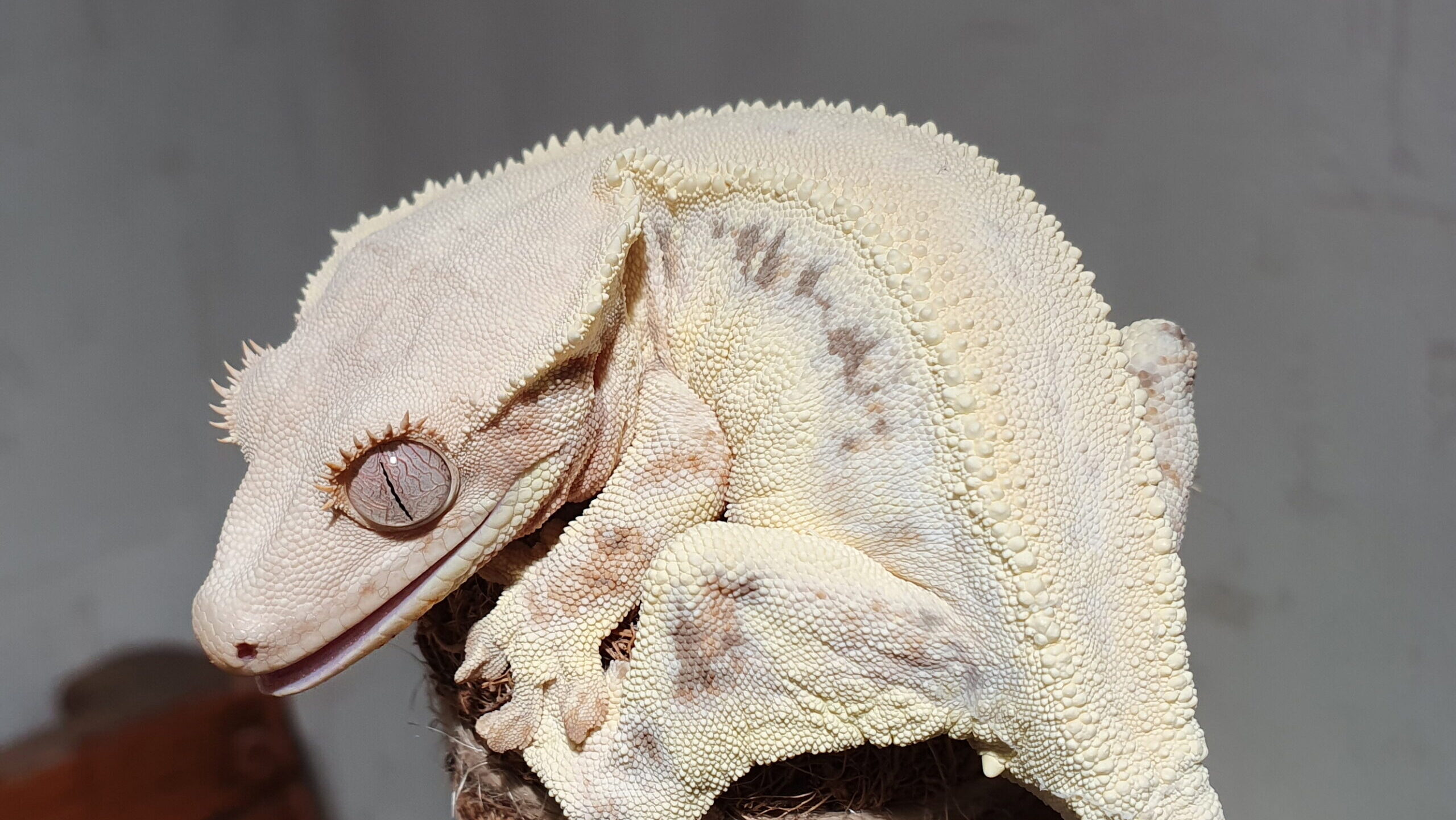





Leave a Reply